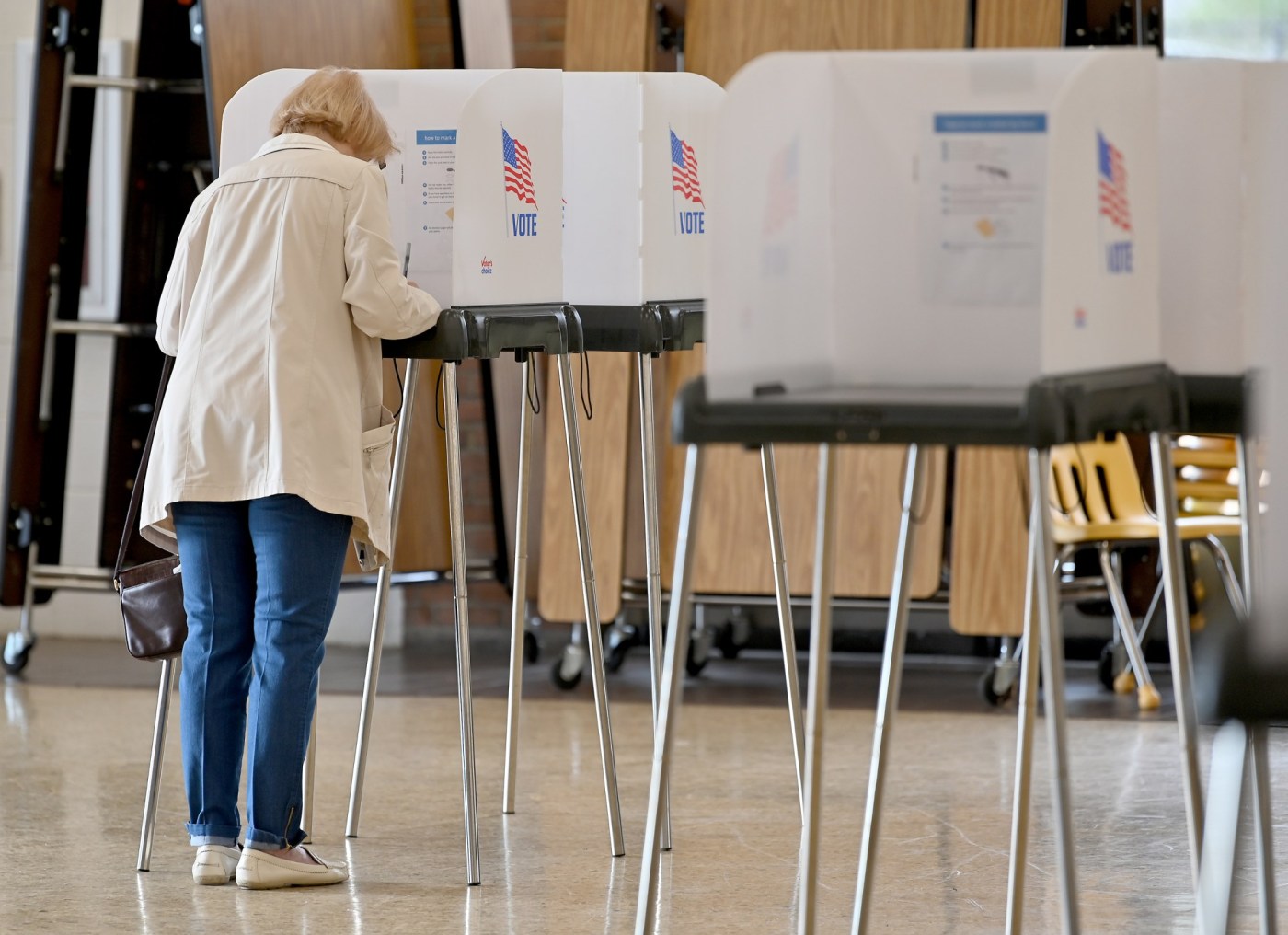Annapolis is currently evaluating the implementation of ranked-choice voting in an effort to enhance the fairness of its electoral process. This voting system, which has gained traction in various locations such as New York City, allows voters to select multiple candidates in order of preference. Advocates argue that it promotes broader consensus, but critics, including political analyst Armstrong Williams, contend that it introduces confusion and can alienate voters.
Under the proposed ordinance, voters in Annapolis would rank up to five candidates during elections. The first choice would be the candidate they most prefer, with subsequent choices coming into play only if no candidate secures more than 50% of the initial votes. While this concept seems straightforward, Williams argues that the reality is far more intricate and problematic.
In the first round of voting, if no candidate achieves the requisite majority, the candidate with the fewest first-choice votes is eliminated. Williams points out that this can lead to what he describes as “batch eliminations” and “mathematically impossible” eliminations in subsequent rounds. In essence, once a candidate is removed from contention, voters’ preferences for eliminated candidates are rendered moot unless their next choices are still in the running.
The complexity of this system can create unintended consequences. Voters may feel pressured to rank candidates based on their perceived popularity rather than their true preference. For example, if a voter selects a less popular candidate as their first choice, their second choice may not matter if that candidate is eliminated early on. This could incentivize voters to rank more popular candidates higher, compromising the authenticity of their preferences.
Critics of ranked-choice voting argue that it fails to achieve its intended goal of representing the electorate accurately. Williams cites the Bucklin system as another alternative that has faced backlash in the past. The Bucklin method counts every ranked vote in every round, but was abandoned in various locales due to accusations of unfairness when trailing candidates emerged victorious late in the counting process.
According to Williams, the solution lies in reverting to a more straightforward voting system where the candidate with the most votes wins outright. He asserts that elections should be viewed as popularity contests rather than theoretical exercises in consensus-building.
As Annapolis considers this significant electoral change, the debate surrounding ranked-choice voting continues to stir strong opinions. The outcome of this discussion could have lasting implications for how democracy is practiced in the city, reflecting broader trends in electoral reform across the United States.
In the end, the question remains whether ranked-choice voting can genuinely deliver on its promise of fairness, or whether it complicates the electoral process to the detriment of voter engagement.
